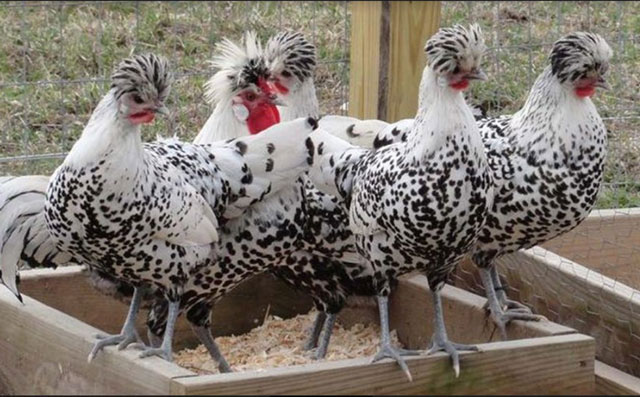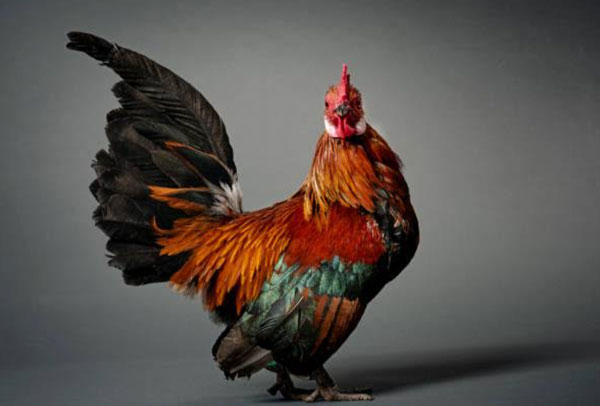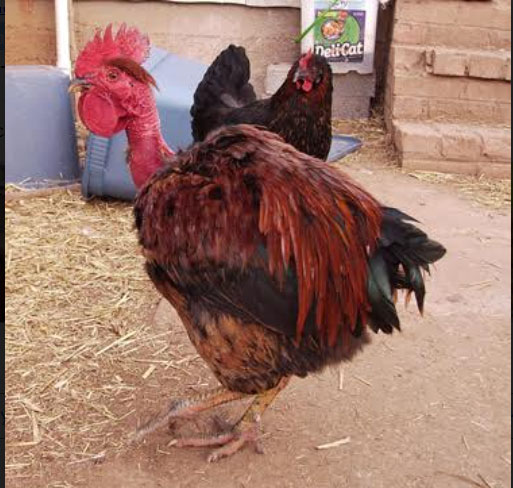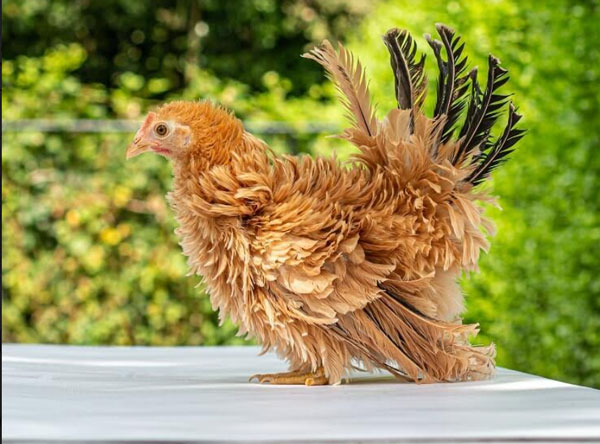
COMMENT | Alfred Geresom Musamali | African native festivities are to a great extent about eating chicken. The stature and trait of feathers on an indigenous chicken may, however, determine the Ugandan consumers’ preference for its meat during this festive season. Some revellers in Uganda are craving for or even willing to steal and eat the chicken with traits of afro-hair (Namutuma in Lumasaaba, an eastern Uganda and Western Kenya language) or naked-neck (Congo Ubirigigi/Breed).
They would, however, rather starve to death than taste the meat of any frizzle- or frazzle-feathered trait chicken (Masakalale ) – even if the revellers were given the birds free of charge. Other consumers swear not to touch the meat of any chicken with traits of the dwarf (Mafulafule) or ptilopody (feathered-feet, called Namayeye in Lumasaaba) or polydactylys (with extra toes on their feet) either. But The Independent Website inquiries did not reveal any health risks associated with human consumption of meat from those chickens with unique traits.
The naked-necks chickens, named after the former Belgian Congo (now the Democratic Republic of Congo or DRC) where they are assumed to have originated, have featherless necks while the frizzle- and frazzle-feathered ones are the “Rastafarians” of the chickens’ world. Scientists say the frizzles are a result of an incomplete gene (F) which causes the shaft of the birds’ feathers to curl upwards and outwards rather than grow straight or curve gently towards the skin like those of normal chickens. The scientists also warn that when any chicken gets two of those incomplete genes – referred to as frazzles – the bird becomes extremely delicate and its feathers often break. They say that such poultry as well gets prone to other health issues.
“Because of this, their feathering can be very patchy and some are almost bald. This can cause serious problems and they can suffer badly with sunburn and cold related issues. Frazzles do not have a long life unless they are extremely well cared for,” says chickenandmore.com.



The dwarfed chickens, on the other hand, have shorter than normal legs and some parts of their body are hardly above the ground when the birds are walking or running. And the feathered-feet ones have their plumage covering down to their feet instead of stopping at thigh level.
Female Ugandans most responsive, most vocal in the consumer preference survey
A quick, random consumer preference survey carried out by The Independent website established that female Ugandans are most argumentative for or against eating the meat of chicken with certain traits of feathers. Traditionally, some Ugandan communities barred females from eating chicken or fish but this is no longer the case.
“I would do anything to get and eat the Congo Ubirigigi, even if it meant stealing the bird,” said a female respondent who preferred anonymity.
In the consumer preference survey, conducted among members of eight (8) Uganda WhatsApp groups in early December 2022, some respondents said most chickens with unique traits are the preserves of certain cultural rites such as appeasement of the spirits of the dead. Others said such birds are preserves of the traditional healers, night dancers and psychopaths.
One of the WhatsApp groups in which respondents were sampled randomly consisted of veteran journalists who have mostly moved into full-time public relations practice and yet another had the veterans who are into totally different pre-occupations. One more group had alumni of the Intake 39 cohort while another had Intake 53 of the Uganda Management Institute (UMI) Master of Management Studies (MMS). There were also two groups that had either persons who trace their ancestry among the Bamasaaba of Uganda or actually belong to a single clan of those Bamasaaba. Christians congregating at St Andrews Church of Uganda (CoU), Misindye, in Mukono Municipality constituted one group while parents and teachers of Royal Plan Nursery and Primary School in Namyoya and members of the Neighbourhood Watch of Kaltus in the same municipality constituted other groups. All the groups had persons living in the diaspora but happened to be back home for Christmas and other end of year festivities. Other end of year festivities usually include family or clan meetings, house warming parties, last funeral rites, marriages, baptisms and initiations into adulthood (male circumcision in the case of Bamasaaba). The groups, which had representation from both males and females, were selected because The Independent website writer belongs to them.
“Never,” said Nnalongo Lydia Mirembe, a former journalist now into professional public relations practice. “The thing (Masakalale) looks creepy”. An online dictionary defines “creepy” as causing an unpleasant feeling or unease.
Gladys Nalunkuuma, an environmental protection professional, however, said, “Do you think I can refuse such a giant gift for Christmas? It is just chicken once dressed. I cannot worry about feathers”.
Julie Nabwire and Charles Opolot, former journalists, affirmed that the Congo breed was very tasty. Isaac Kiyingi, another former journalist, said he would only be more interested in those unusual types if they made more economic sense rearing them. Kiyingi, however, had reservations about eating them. Mesusera Wamboko, a retired secondary school headteacher from among the Bamasaaba, objected to eating any meat from the feathered-feet breed, saying, “It is ugly and very rarely seen”. However, Brenda Natunga, a petroleum geo-scientist said that if the chicken is spotted, dwarf and with feathered feet it is, “pretty enough to be presented to guests as a gift”.
Consumer preference survey followed more scientific Makerere University study
The consumer preference survey was a follow up on a scientific study conducted by the Makerere University Native Chicken Project last year. Donald Kugonza, Illyass Yussif and others on the project sought to establish the commercial viability of indigenous chickens with unique traits in Uganda’s households.
The researchers sampled total of 293 indigenous-chicken-keeping households in villages across 35 districts in the 4 regions, with a total of 586 matured chickens of both sexes.
“Pictorial field guide books aided the description of the qualitative phenotypic characteristics regarding body condition score, body colours (for skin, shank, eyes, ear lobe, and beak); plumage and feathering features (feather structure, feather distribution, and body plumage pattern); head features (earlobe size, earlobe shape, comb type, wattles, crests and beak shape); and skeletal variance (body shape/conformation, frame, spur size, tail length),” said the researchers.
Results of the research could not be published because they had not yet been officially disseminated by the time The Independent website came live with this article.
*******

The author is Founding Director of Vicnam International Communications Ltd, a private firm of communications, public relations and information management consultants. He specialises in the Proofreading and General Editing (PAGE) of documents and can be contacted by Tel: (+256)752-649519 and by Email: agmusamali@hotmail.com.
 The Independent Uganda: You get the Truth we Pay the Price
The Independent Uganda: You get the Truth we Pay the Price




In a case where the chicken is on my plate, i doubt i would ask many questions.